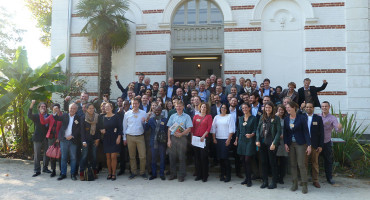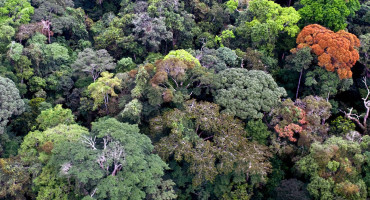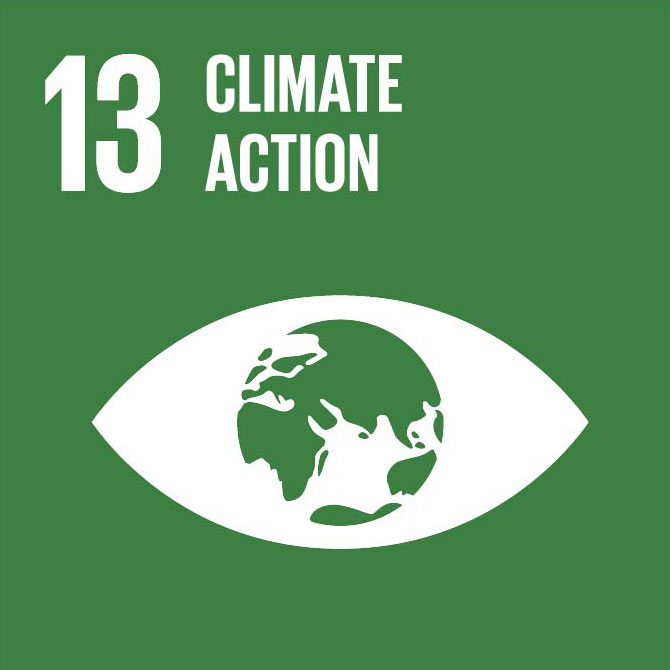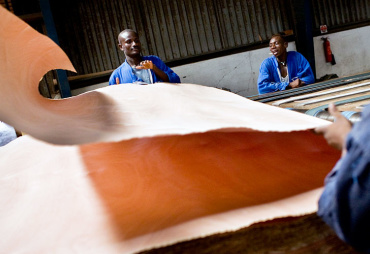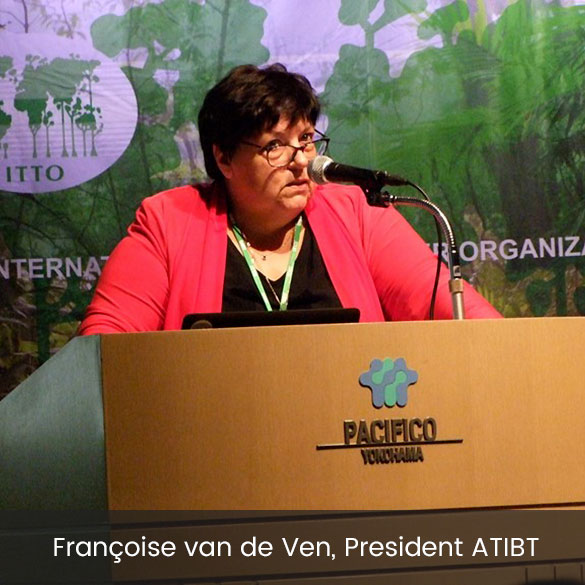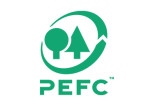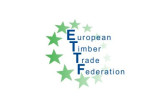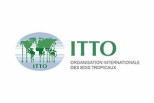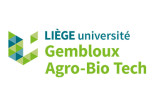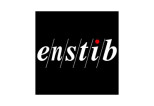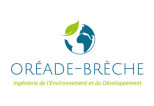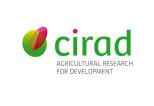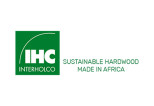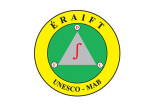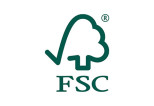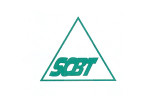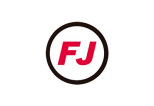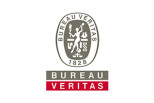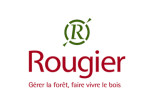"76% of carbon is retained in selective logged forests under SFM"
(Putz et al., 2012)
- Adopting RIL can result in emission reductions of 288–502 TgC (1056–1840 TgCO2) (Sasaki et al., 2016).
- Carbon stocks recover to pre-logging levels or higher 40 years after RIL if premature re-entry is prevented. If premature re-entry logging is allowed carbon stocks decline by 19,5% and 34,4% for the first and second premature logging, respectively (Sasaki et al., 2016).
- The application of SFM to degraded natural production forests could result in […] increasing carbon storage in the tropical rain forest ecosystems (Imai et al., 2009).
- Unsustainable management in many tropical countries has led to forest degradation and deforestation, and has contributed 17.5% of all greenhouse gas emissions (European Commission, 2019).
- SFM, practised properly, involves minimum site preparation and extended rotations, whereas, clear-cutting results in loss of necromass and soil organic matter which may well not be offset by subsequent sequestration through faster tree growth. In general, then, silvicultural practice [under SFM] benefits the carbon balance (Pearce et al., 2003).
- In comparative simulations of carbon sequestration in Malaysian forests logged by trained crews following RIL guideline and with conventional methods, Pinard and Putz (1996); see also Boscolo and Vincent, 1998) showed that the use of RIL techniques conserved carbon in the harvested stands and resulted in substantially greater rates of post-harvesting sequestration due to higher stocking in potential crop trees and fewer problems with vines and other weeds (Pearce et al., 2003).
- At the 2009 COP-15 in Copenhagen, parties further agreed to not only include reduced emissions from deforestation and degradation, but also conservation of forest carbon stocks, sustainable management of forests and enhancement of carbon stocks as mitigation options under a UNFCCC REDD-plus mechanism (Arets & Veeneklaas, 2014).
- RIL involves smaller carbon losses at similar timber extraction levels than conventional logging (Healey et al., 2000; Medjibe et al., 2011; Pinard and Putz 1996; Putz et al., 2008) in Arets & Veeneklaas, 2014.
- Improved management reduced carbon emissions by approximately 30%, relative to conventional logging (Putz et al., 2008).
- Use of improved timber harvesting practices in the tropical forests designated for logging would retain at least 0.16 gigatons of carbon per year (Gt C y −1). For comparison, the total amount of carbon emitted due to tropical deforestation is estimated to be 1.5 Gt y −1 (or 20% of global anthropogenic emissions). Thus, the potential for emission reductions through improved forest management is at least 10% of that obtainable by curbing tropical deforestation (Putz et al., 2008).



